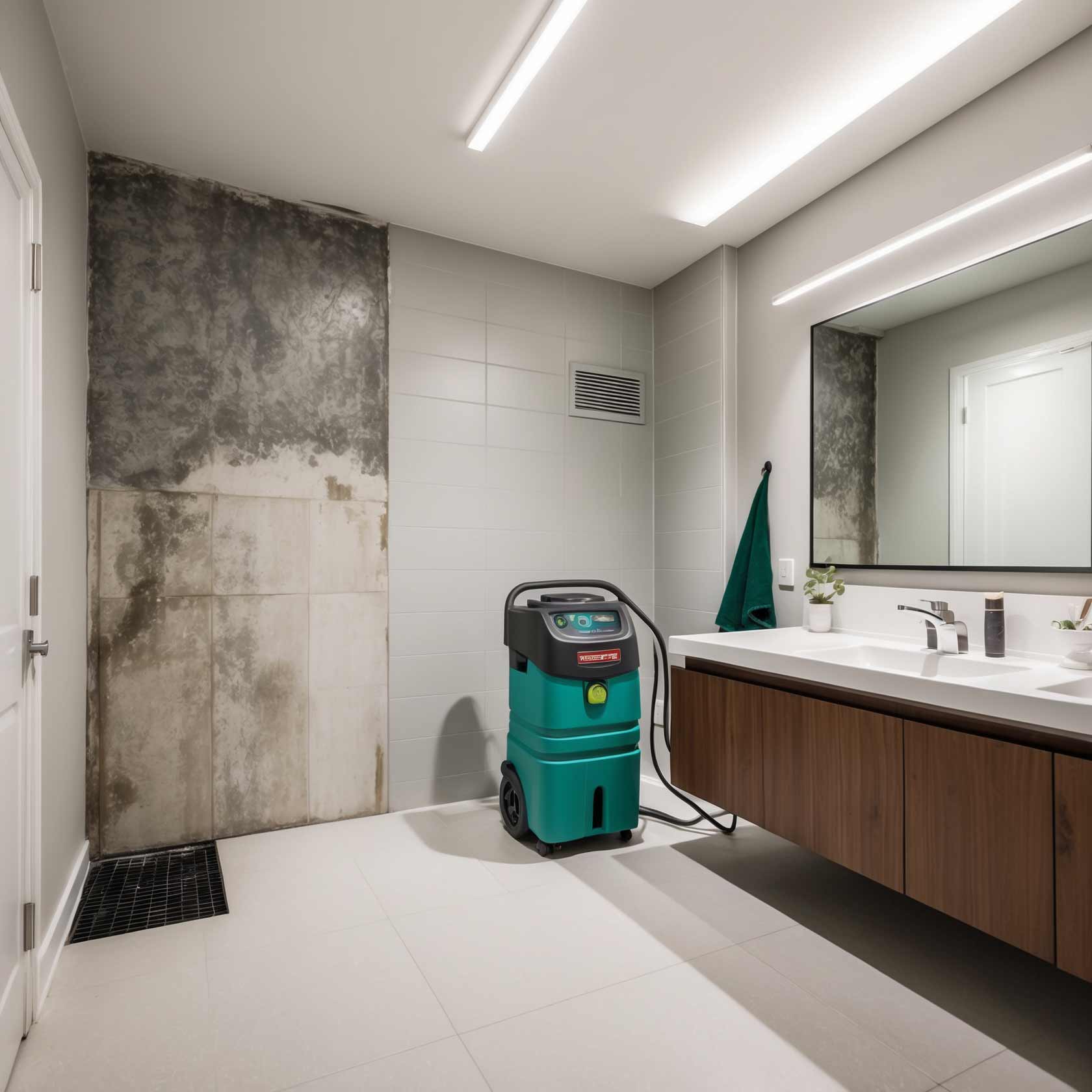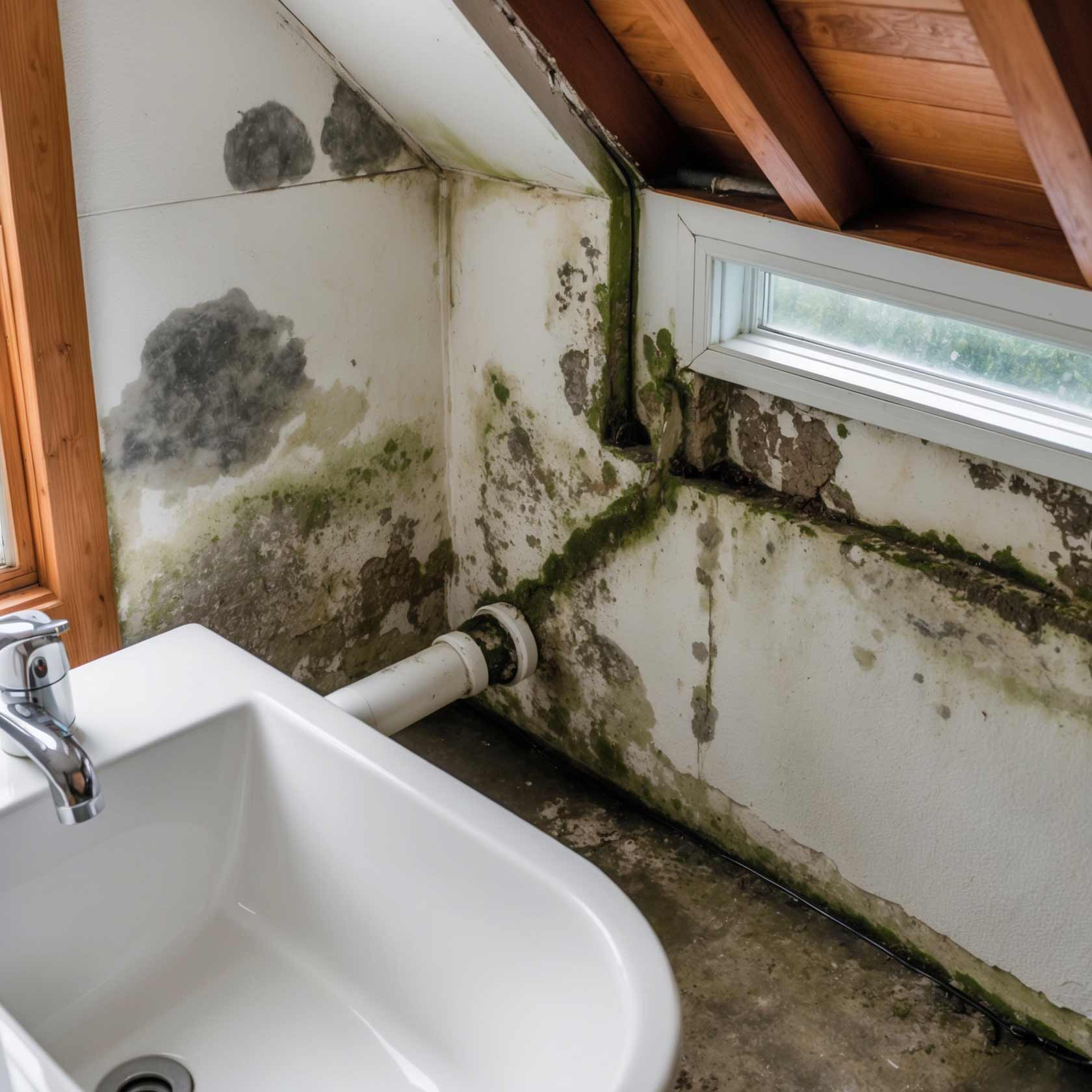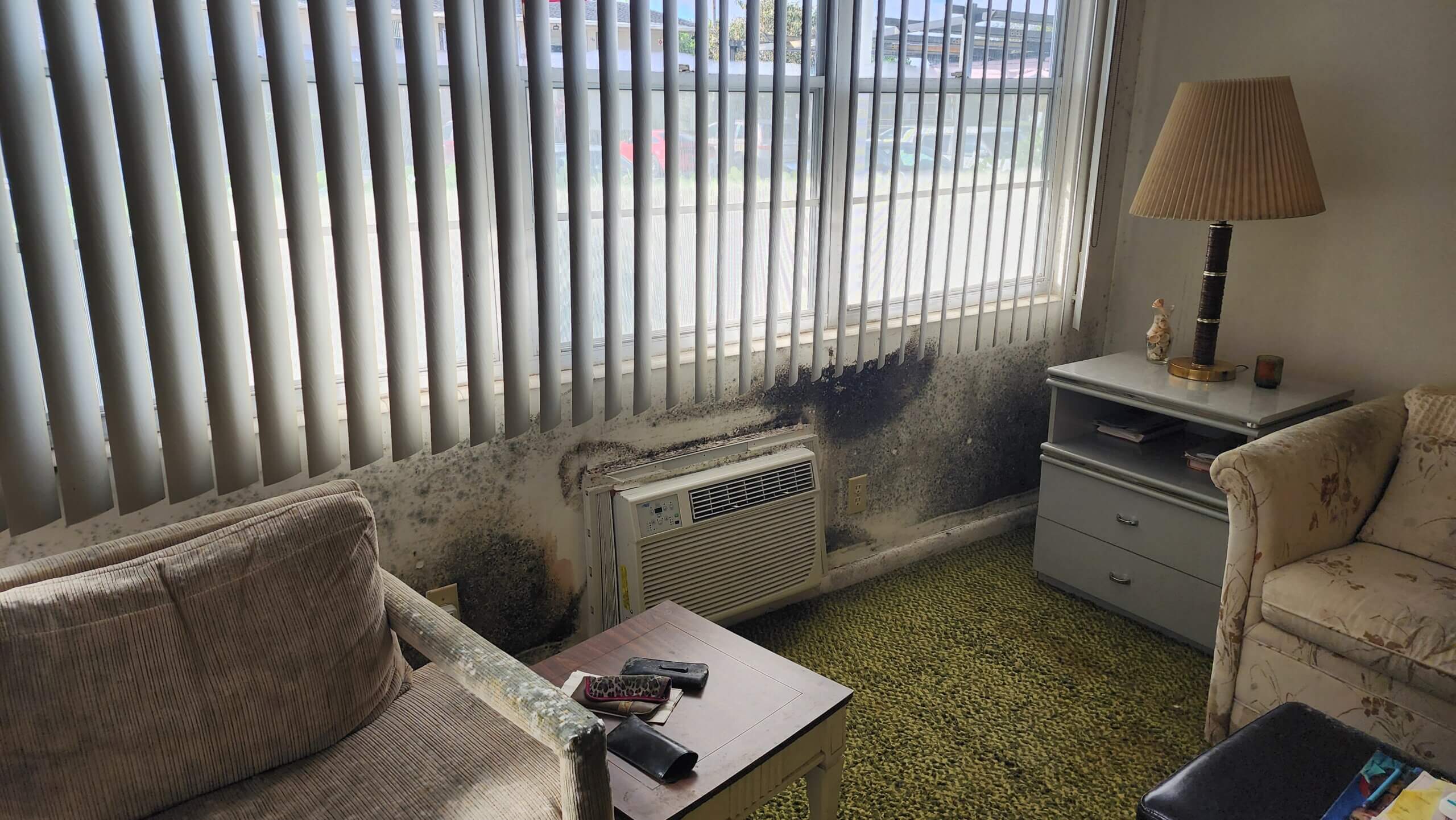Can A House Be Cleared Of Mold?
Introduction
Ah, mold—the uninvited guest that just loves to crash into our homes. It creeps in quietly, often unnoticed until it’s too late. If you’ve ever found yourself wondering, “Can a house be cleared of mold?” you’re not alone. This pesky fungus can wreak havoc on your health and property if left unchecked. In this comprehensive guide, we’ll dive deep into the world of mold, explore its effects, and discuss how to effectively tackle it with the right mold cleaning techniques.
What is Mold?
Mold is a type of fungus that thrives in damp, warm environments. It reproduces through tiny spores that float through the air and can settle on various surfaces. Once these spores land on a wet or humid area, they can start to grow rapidly.
Common Types of Mold Found in Homes
- Aspergillus: Often found in homes, especially in areas like basements.
- Cladosporium: Can thrive in both cool and warm areas; often found on fabrics.
- Stachybotrys (Black Mold): The infamous black mold; notorious for its health risks.
Understanding what type of mold you're dealing with is crucial for effective removal.
Can A House Be Cleared Of Mold?
Absolutely! However, the process isn't as simple as grabbing some bleach and scrubbing away. Effective mold cleaning requires understanding the conditions fostering its growth. To truly clear a house of mold, one must address not just the visible patches but also the moisture issues that allowed it to thrive.

The Dangers of Mold Growth
Health Risks Associated with Mold
Mold isn’t just an eyesore; it poses serious health risks. For many individuals, exposure can trigger allergic reactions that range from mild to severe.
Symptoms of Mold Exposure:
- Sneezing
- Coughing
- Skin Rashes
- Eye Irritation
For those with weakened immune systems or pre-existing conditions, the stakes are even higher.
Structural Damage Caused by Mold
Besides health concerns, mold can damage your home’s structure. It feeds on organic materials like wood and drywall, compromising their integrity over time.
How Does Mold Cause Damage?
Identifying Mold in Your Home
Signs You Might Have a Mold Problem
Knowing what to look for can save you time and money when dealing with potential mold issues.
Visual Signs:
- Dark spots on walls or ceilings
- Discoloration around windows or doors
Smell Indicators:
A musty odor is often a telltale sign of hidden mold growth lurking behind walls or under floorboards.
Areas Prone to Mold Growth
Some areas in your home are more susceptible to mold than others:
| Area | Reason for Susceptibility | |--------------------|-------------------------------| | Bathrooms | High humidity levels | | Basements | Often damp and poorly ventilated| | Kitchens | Water leaks and spills |
Preventing Mold Growth in Your Home
Controlling Moisture Levels
Moisture control is key when it comes to preventing mold growth. Here are some practical tips:
Tips for Effective Moisture Control:
Cleaning Practices That Prevent Mold
Regular cleaning can help minimize the chances of mold taking hold:
Recommended Cleaning Techniques:
- Use vinegar-based solutions for surfaces prone to moisture.
- Regularly inspect areas like bathrooms and kitchens for signs of mildew.
Mold Cleaning Methods That Work!
DIY vs Professional Cleaning Services
So you’ve got mold—now what? You may be tempted to tackle it yourself or call in professionals; both have pros and cons.

DIY Cleaning Solutions:
Using household items like vinegar or baking soda can be effective for small patches of surface-level mold but remember—prevention is better!
When to Call Professionals:
If you’re dealing with extensive growth or black mold (Stachybotrys), it's best left to experts equipped with industrial tools and protective gear.
Step-by-Step Guide for DIY Mold Removal
- Gloves
- Mask
- Cleaners (vinegar, hydrogen peroxide)
- Brushes
Contain the Area: Seal off the affected area using plastic sheets.
Remove Absorbent Materials: Discard items that can't be cleaned easily (e.g., carpets).
Clean Non-Porous Surfaces: Scrub down hard surfaces thoroughly using a mixture of water and vinegar or hydrogen peroxide.
Dry Thoroughly: Once cleaned, ensure everything dries completely to prevent future growth.
Aftercare Post-Mold Cleaning
Monitoring for Future Growth
After you've cleaned up the mess, keep an eye out for any signs that might indicate a return visit from Mr. Mold:
Tips for Monitoring:
Long-Term Preventive Measures
Implementing long-term strategies will help keep your space free from future infestations:
Key Strategies Include:
- Installing exhaust fans in bathrooms.
- Ensuring adequate insulation around pipes.
FAQs About Clearing Your Home of Mold
1. How quickly does mold grow after water damage?
Mold can begin growing within 24-48 hours after water exposure!
2. Is all mold harmful?
Not all molds are toxic; however, some can cause allergic reactions or respiratory issues.
3. Can I use bleach for cleaning mold?
Bleach isn’t always effective against all types of molds and doesn’t prevent regrowth!
4. How much does professional mold removal cost?
Costs vary widely based on severity but typically range from $500-$6,000+ depending on extent and location.
5. Do I need special equipment for DIY removal?
While gloves and masks are essential for safety, specialized equipment isn’t usually necessary unless dealing with large infestations.
6. Is it safe to stay at home during cleanup?
If you’re sensitive or have respiratory issues, it’s best to avoid being near affected areas during remediation activities.
Conclusion
In summary, yes—a house can indeed be cleared of mold! With the right knowledge about prevention methods and effective cleaning techniques at your disposal, you’re equipped to tackle this problem head-on before it spirals out of control! Always remember that while DIY methods work wonders affordable mold inspection for minor issues; complicated situations warrant calling in professionals who know their stuff! By staying vigilant about moisture control while maintaining cleanliness around your home—you'll keep those unwanted guests at bay!

Armed with this guide about "Can A House Be Cleared Of Mold?", you’re now ready to take action against this fungus menace—good luck out there!